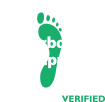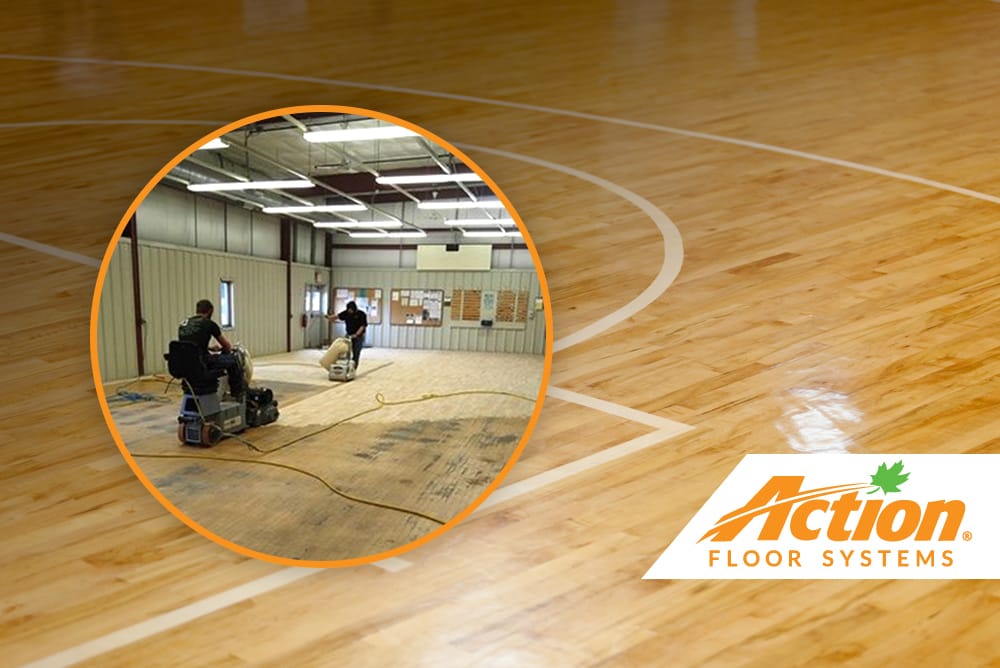
A hardwood maple sports floor system is an important investment for schools and universities. Take good care of the investment and your court could last 50 years or longer.
That means a school could install maple sports flooring in a school gym and the grandchildren of the students who first played on it could end up using the court.
Unfortunately, hardwood sports floor systems can get damaged and the cause of the issue is not easily determined. At Action Floor Systems, we want your flooring to provide many years of activity.
The good news is, if you act quickly, wood flooring damage can sometimes be reversed and the floor will return to its original state. Let’s take a look at the types of damage you should be looking out for and how you can prevent it from happening in your building.
Cracks and Separation
Notice increasing spaces between the flooring boards? That’s likely due to the atmosphere inside the building. A facility’s indoor environment will certainly have an impact on wood flooring, and it’s relatively normal to notice some variations in the floor as the seasons change.
Dry air during the heating season could lead to gaps between the flooring boards while high humidity can cause the wood to expand and the floor to look tight.
Maintenance staff should monitor and document the facility’s HVAC trend to maintain a reasonably controlled environment in the gymnasium to avoid excessive separation or compression of the flooring boards.
The Maple Flooring Manufacturers Association (MFMA) calls for an indoor humidity level between 35 and 50 percent and air temperature between 55 and 75 degrees Fahrenheit. Facility managers should also avoid fluctuations in the humidity level beyond 15 percent.
Keep in mind, a new hardwood court should be given time to acclimate and adjust to its environment. Sports flooring contractors leave expansion voids around the floor system perimeter and may use intermediate expansion rows to accommodate any potential floor expansion.
Cupping
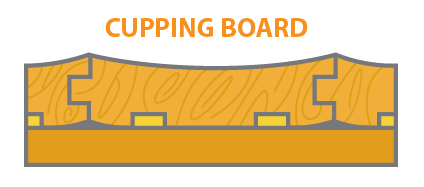
When maple boards have a concave appearance, with the edges rising higher than the centers, you’re seeing a type of flooring damage known as cupping.
Cupping occurs when there’s an imbalance of moisture on the top and bottom of the wood flooring board. What causes the irregular shape is higher moisture content below the board. Cupping that gets out of control can lead to the floor looking like it has severe rippling. The top edges of the flooring boards could suffer compression set where the cellular structure of the wood is collapsed and will not recover.
Often this is a result of moisture infiltration, or a plumbing failure. Occasionally water may have seeped between the board edges in the floor as a result of over-aggressive wet-mopping. You will need to identify and eliminate the cause of the moisture and maintain appropriate humidity levels to achieve an equilibrium between conditions above and below the sports surface.
Crowning
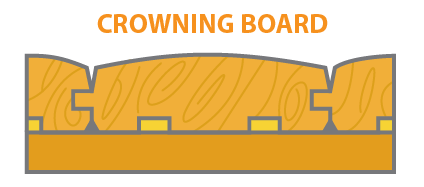
The reverse effect of cupping is known as crowning. This is when the centers of the boards bulge up higher than the edges. And once again, an imbalance of moisture is the culprit. However, crowning wood flooring is most often a result of how facility managers and maintenance staff react to moisture damage.
In many instances of crowning, a sports floor that shows signs of cupping gets sanded before the wood has had a chance to dry out and revert back to a balance of moisture above and below the boards. When cupped boards are sanded down, the raised edges are initially flattened but then end up below the board’s center after it completely dries. That’s why the MFMA strongly recommends allowing the flooring material to equalize before trying to fix any damage.
Achieving a balance of moisture above and below the surface may eliminate cupping and crowning problems. The wood will release or absorb the right amount of moisture, avoiding the need to take remedial action.
Buckling
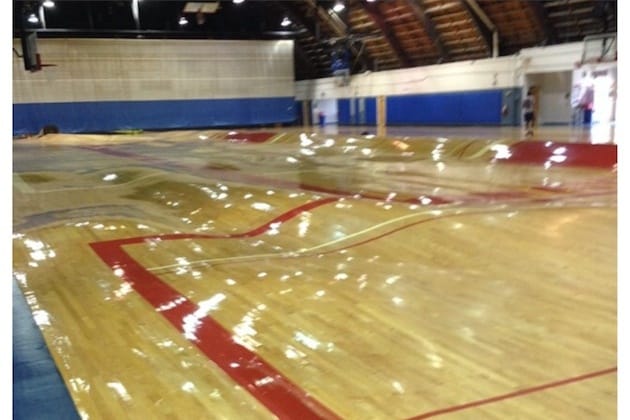
Buckled gym flooring damaged from burst pipes. Courtesy: Bleacher Report
A more severe type of sports flooring damage is known as buckling. This often happens in a gymnasium after flooding or another natural disaster causes prolonged exposure to moisture.
In the most extreme cases, such as in schools after tropical storms when buildings are submerged in water, the wood flooring is so warped from expansion that it looks like large waves across the gymnasium.
Those situations will call for a complete sports floor replacement or resurfacing. However, spot repairs can sometimes be made if there is buckling due to minor water damage. Read our article about dealing with sports floor damage after a natural disaster for expert advice on preparation, filing insurance claims, and repairs.
Damage from Dirt and Dust
Besides moisture and humidity levels, dirt that people track in on their shoes or dust from older HVAC systems can lead to sports floor damage, too.
That debris can wear the surface of the sports floor system, scratching it like sandpaper, and it may also increase the risk of slips and falls.
Floormats at all of the entrances to the gymnasium are a good way to reduce the amount of dirt that gets tracked in. You can also institute a policy that discourages the use of street shoes on the court. However, the best way to avoid sports floor damage from dirt and dust is regular cleaning and maintenance.
Proper Cleaning & Maintenance for Maple Sports Floors
Your maintenance and janitorial staff should have regularly scheduled tasks to help your maple sports floor have a long life with minimal damage. And, when we say regular, we mean daily … even if the gym isn’t being used.
The MFMA recommends these daily steps for maple sports floor cleaning and maintenance:
- Sweep/dry mop the floor using a properly treated dust mop (Courts that are used frequently can be dry mopped as much as three times daily)
- Immediately wipe up any spills or moisture on the sports floor
- Check the HVAC system to make sure it is functioning properly
- Inspect the floor for signs of damage, including tightening or shrinkage
- Check for water leakage
- Remove debris from expansion voids
The MFMA says facility owners and maintenance crews should avoid the following:
- Never shutdown the HVAC for prolonged periods unless absolutely necessary
- Never clean maple sports floors with scrubbing machinery or power scrubbers
- Never use household cleaning products on your sports floor as it could harm the finish
Check with the sports floor manufacturer or installer to identify cleaning solutions that are ideal for your floors. And, always work with a sports flooring expert to make repairs to damage.
You can read more about how to care for your court throughout the year in our article on seasonal maintenance tips for sports floors.
At Action Floors, we believe a well-designed and properly-installed hardwood maple sports floor is a thing of beauty. Check out our gallery to see installations in schools and universities that we’re particularly proud of. You can also read some of the stories behind the floors in our Project Profiles and Case Studies.
If you have questions about any of our maple sports floor systems, don’t hesitate to Contact Action Floors today.


















